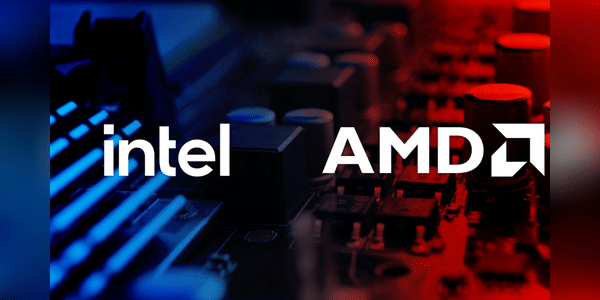Intel and Advanced Micro Devices have announced a new working team to ensure seamless software compatibility across their processors. The move comes in response to growing competition from Arm Holdings, which is increasingly making inroads in the mobile and data centre space. The formation of this alliance shows the pressures facing the traditional x86 architecture that Intel developed four decades ago.

x86 versus Arm: How the chip world is changing
Intel $INTC is known as the creator of the x86 architecture, which dominated the PC, laptop and server industry for forty years. This architecture has become the foundation for a huge part of the current IT world. AMD $AMD, a competitor of Intel, licenses this technology and also makes chips based on x86. Although the two companies are competitors in this respect, their relationship is legally clarified by a long-standing negotiated settlement.
However, although both manufacturers have similar technology, their market share is gradually…